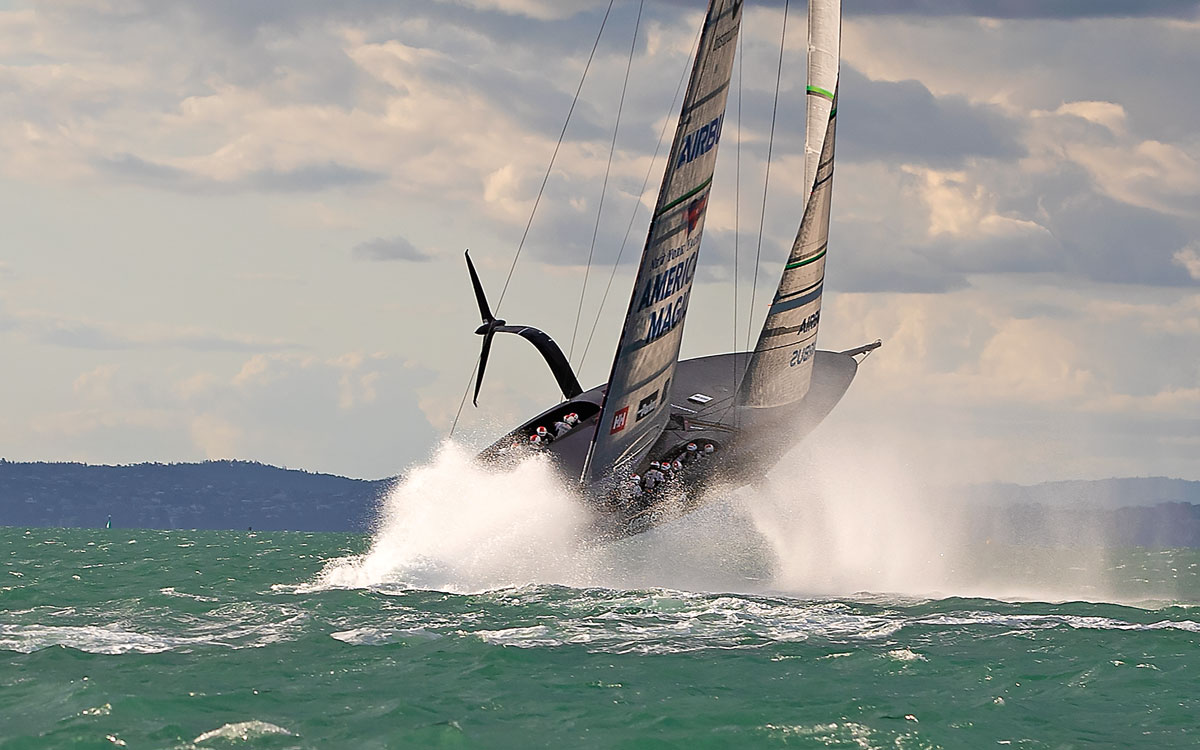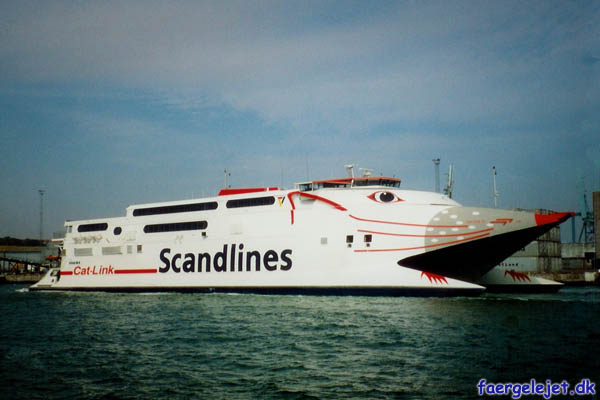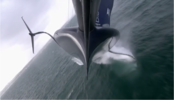Dashmellow
Well-Known Member
- Joined
- Sep 22, 2013
- Messages
- 18,255
- Reaction score
- 18,906
- Location
- Uncanny Valley (●_●)
- Country
- United States
- Dash Cam
- Umpteen
Hybrid vehicles were last decade, they are not acceptable this decade, a 10-15% saving is not compatible with the UN Climate Change agenda. Whoever decided to build that has not been listening!
Now if it was partnered by a fuel cell locomotive running on Hydrogen or Ammonia instead of the diesel then it would have a use in the energy recovery role, although the battery capacity seems excessive for regenerative braking and could probably be built into the fuel cell locomotive itself more effectively.
You are apparently not the one who is listening or paying attention! This locomotive is NOT a hybrid. It is a 4,400 HP engine running exclusively on lithium-ion batteries. You seem to be confused by the term "hybrid consist". You also don't seem to understand that a diesel powered locomotive is actually a "series hybrid" in that it runs on electricity generated by its diesel engines, so essentially all of these diesel powered machines are already "hydrids". So, you've got it backwards, Nigel. The FLXdrive eliminates the need for a fossil fuel engine entirely and powers its electric motors directly, so it is the opposite of a hybrid!
Another thing you don't seem to understand is how heavy haul freight railways function in the US. The United States is a vast nation and it has the longest railway network in the world at 250,000km. More freight tonnage is moved by Class 1 rail freight in the US than all tractor trailer freight shipping combined. Long distance heavy haul rail freight is very different than in a small country like the UK or even all of the EU. Many of these heavy haul freight trains are massive and they travel across vast distances. And these rail networks are even more vast across all of North America as they connect all of Canada and Mexico. And this doesn't even include light rail and passenger rail networks although there is some overlap in certain locations.
These trains, hauling loads of thousands and thousands of tons, require more than a single locomotive. Often there will be at least three full size engines of up to 6,000 HP each pulling these loads and occasionally more. In this case, the FLXdrive lihium powered locomotive is simply being tested as one of the locomotive components working in concert with traditional diesel engines, thus the term "hybrid consist".
Wabtec, the designer and manufacturer of the FLXdrive produces the most advanced heavy haul locomotives in the world. It is not a surprise that a company like this would build the first lithium powered heavy haul machine the world has yet seen. Obviously, they feel it is a worthwhile pursuit and we can presume they know a thing or two about the heavy haul rail freight business or they wouldn't be investing in this.
The fact that a single lithium powered locomotive used in hybrid consist in each train could lower carbon emissions and other pollutants, eliminate costly diesel engine maintenance and repair along with the use of fossil fuels and engine lubricants, dramatically increase reliability and uptime, uses regenerative braking to recharge its cells and lower costs by a half a billion dollars seems a worthy goal.
Hmmm, lower operational costs and lower carbon emissions.
Of course, this is an interesting prototype proof-of-concept pilot project with a single locomotive that is just now undergoing performance testing. But as usual, you think you know better than the actual experts as you dismiss this new technology out of hand!
There simply doesn't seem to be a topic under the sun where you don't declare yourself an expert authority and so here yet again we get to witness your arrogant punditry before the pilot project is even complete or the data is analyzed. The more you do this the more laughable it becomes.
Last edited:










